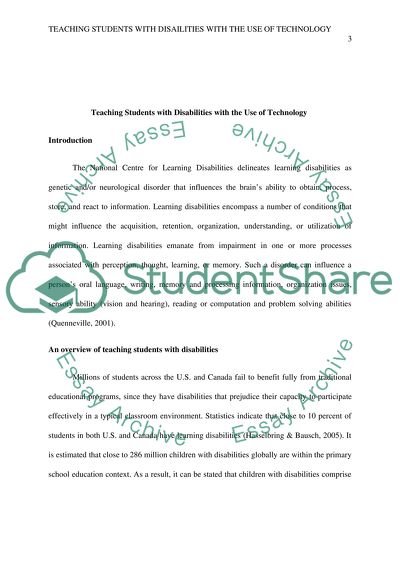Cite this document
(“Teaching Students with Disabilities with the use of technology to Research Paper”, n.d.)
Retrieved from https://studentshare.org/education/1401307-teaching-students-with-disabilities-with-the-use
Retrieved from https://studentshare.org/education/1401307-teaching-students-with-disabilities-with-the-use
(Teaching Students With Disabilities With the Use of Technology to Research Paper)
https://studentshare.org/education/1401307-teaching-students-with-disabilities-with-the-use.
https://studentshare.org/education/1401307-teaching-students-with-disabilities-with-the-use.
“Teaching Students With Disabilities With the Use of Technology to Research Paper”, n.d. https://studentshare.org/education/1401307-teaching-students-with-disabilities-with-the-use.


